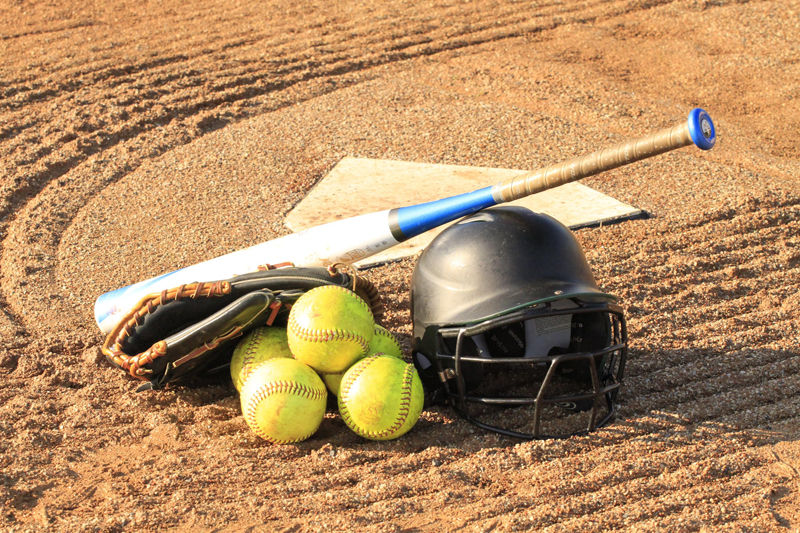Batter and Runner Interference in Softball

Batter’s interference refers to the batter who has not hit the ball interfering with the catcher’s throw to a base or with a play at the plate. Basically, the batter has to get or stay out of the way, including leaving the batter’s box if necessary, so that the catcher can make the throw or tag can be made at the plate. On a throw to third, the right-handed batter should duck if possible (if they are not completing a swing). If there is a wild pitch or passed ball with a runner on third, the batter should back out of the batter’s box entirely to clear the area for a possible tag if the runner advances. If the batter hinders the play, she can be called out by the umpire.
Runner’s interference occurs anytime the runner’s actions interfere with the defense’s ability to make a play on the ball. If, in the umpire’s judgment, the runner unintentionally interferes with a fielder attempting to field a ball in fair or foul territory, or with the fielder’s throw, then the runner is out. If the interference occurs during an attempted double play, the umpire can rule both the interfering runner and the other runner involved in the double play out. All other runners stay at the base to which they advanced. If the runner intentionally interfered with the play, then the ball is dead, the runner is out, and all runners must return to the last base they touched before the interference occurred.
If the runner has been called out or has scored, and then interferes on a play on another runner, a dead ball is called, and the runner closest to home is called out (yikes!). All other runners not out have to return to the base last touched before the interference occurred.
A runner is not out if she moves outside the base paths to avoid interfering with a defender trying to catch or throw the ball (not to avoid the tag, though!). Likewise, a runner is not out if she is standing on a base and a fielder bumps into her while trying to field a ball. The runner on the base can be called out if the umpire judges that the runner intentionally tried to hinder the fielder – like the batter in the batter’s box on a throw down to third, it is best to duck and avoid contact in such a situation so that there is no doubt that the runner is trying to avoid the fielder.
The next article will examine the difference between obstruction and runner’s interference with an example I saw this summer.
BellaOnline Softball Subject List: Coach´s Box, Health & Medical, History of Softball, International Softball, Organizations, Parents , Professional Softball, Reviews, Rules & Regulations, Scorekeeping, Stats & Analysis, Travel Ball |
This site needs an editor - click to learn more!
You Should Also Read:
Obstruction in Softball
A Case Study of Interference versus Obstruction
Non-Runner Interference in Softball
Related Articles
Editor's Picks Articles
Top Ten Articles
Previous Features
Site Map
Content copyright © 2023 by Don McKay. All rights reserved.
This content was written by Don McKay. If you wish to use this content in any manner, you need written permission. Contact
BellaOnline Administration
for details.


